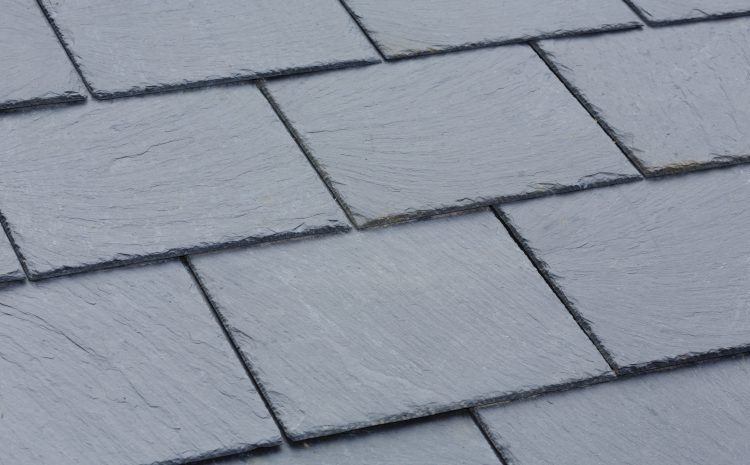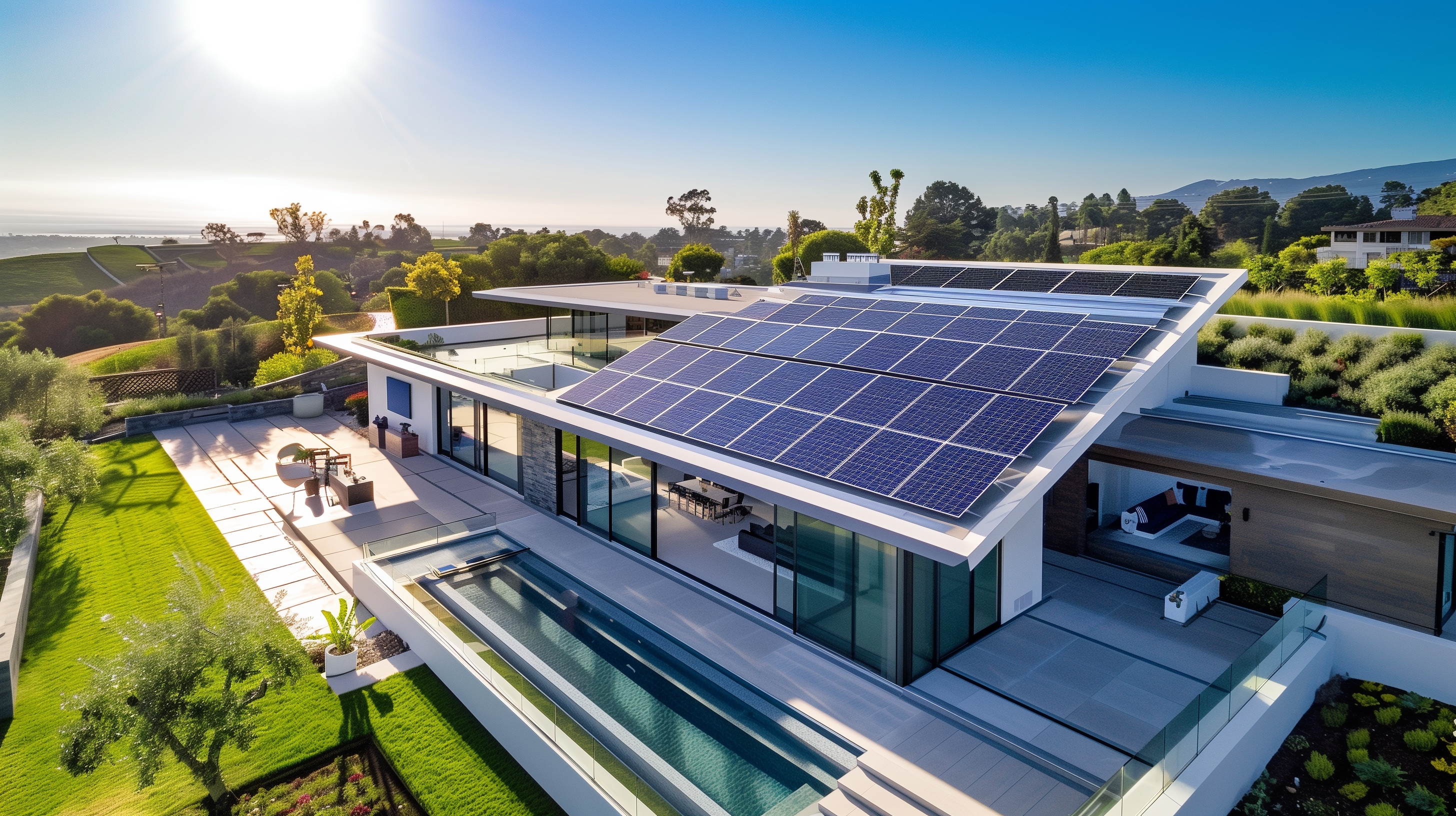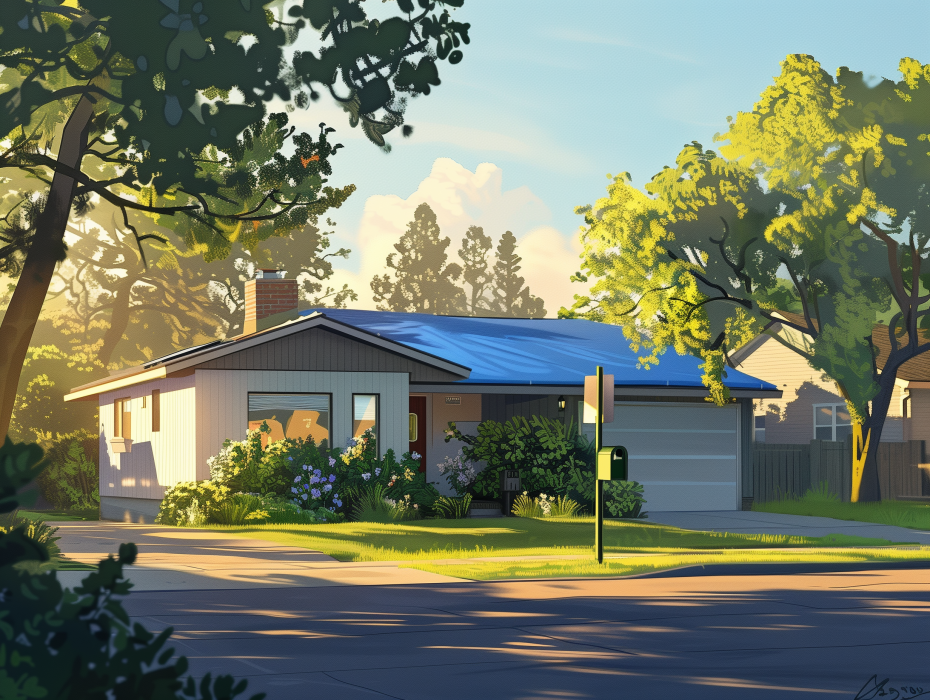When it comes to a new roof, homeowners tend to focus on the shingles as the star of the show. However, roofing contractors know that underlayment plays an important supporting role as the first layer of defense against leaks and is a crucial component of every roofing system. But even the most experienced roofers may not have all the facts when it comes to underlayment options.
To help homeowners and roofing contractors make informed decisions, we’ve put together this guide to the four types of underlayment and the Atlas products associated with each.
Asphalt-Saturated Felt Underlayment
This budget-friendly option is made from organic felt, a type of fabric composed of cellulose fibers derived from wood pulp, that is saturated with asphalt. It is easy to install, provides a solid base for other roofing materials, and acts as a moisture barrier to keep water from seeping into the roof deck.
Atlas offers three types of asphalt-saturated felt underlayment, including Gorilla Guard® 30 Engineered Felt, #15 & #30 asphalt-saturated underlayment. Gorilla Guard 30 is designed to outperform traditional felt underlayments with its specially developed additives and glass fibers that make it more durable and efficient.
Synthetic Felt Underlayment
For those looking for a more high-tech option, synthetic felt underlayment is a lightweight roofing material made from synthetic fibers, such as strong polypropylene and woven polymeric scrim.
Atlas offers two types of synthetic felt underlayment, Summit® 60 Synthetic and Summit® 180 Synthetic. These premium quality, woven scrim synthetic underlayments offer enhanced tear resistance, come in 10-square rolls, and provide up to 60 and 180 days of exposure, respectively. Both products also lay flat and protect against moisture and mold growth.
Self-Adhesive Underlayment
Designed to go under a variety of steep-slope roofing materials, including asphalt, metal, and tile, self-adhesive underlayment has an adhesive coating that allows it to easily bond to the roof deck, providing a secure and stable base for the roofing material. The adhesive also helps the underlayment stay in place on the roof deck, even in high-wind or extreme weather conditions.
Atlas offers several types of self-adhesive underlayment, including WeatherMaster® Ice & Water 200, WeatherMaster® Pro-Grade Ice & Water, WeatherMaster® Flexible Ice & Water, and WeatherMaster® Tile. These self-adhesive underlayments feature SBS-modified asphalt membranes, which provide an additional layer of waterproofing protection in extreme weather.
Rubberized Asphalt Underlayment
Rubberized asphalt underlayment is made from a blend of asphalt and rubber polymers, providing a durable, moisture-resistant barrier that helps protect the roof deck from water infiltration. This type of underlayment is ideal for low-slope roofs and is often used in commercial roofing applications.
Atlas offers a rubberized asphalt underlayment product, WeatherMaster® Rubberized Asphalt. This underlayment is made from a blend of asphalt and rubber polymers, providing a durable, moisture-resistant barrier that helps protect the roof deck from water infiltration.
In conclusion, understanding the different types of underlayment available on the market and the specific benefits they offer is crucial for both homeowners and roofing contractors. It’s important to choose the right underlayment for the job to ensure a durable, long-lasting roof that will protect your home for years to come. Atlas Roofing offers a wide range of underlayment options, from traditional felt to synthetic options, each designed to meet the specific needs of your roofing project. For more information on our underlayment options, visit our website at www.alliedemergencyservices.com or www.atlasroofing.com and explore their product line. For the latest updates and news in the roofing industry, follow us on social media using the hash tags #AlliedEmergencyServices #AtlasRoofing #RoofingIndustry










